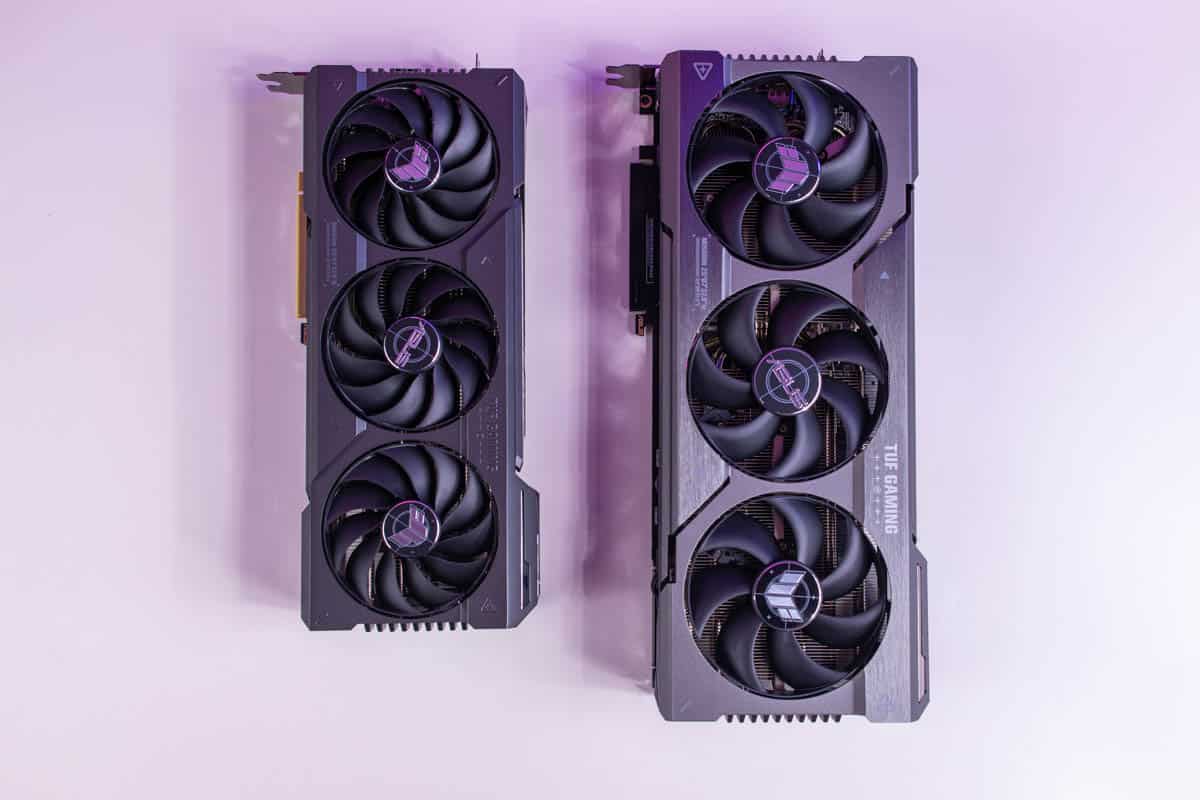
Get the best out of your Apex experience with these settings as Season 20 arrives
Updated: Feb 12, 2024 5:04 pm

WePC is reader-supported. When you buy through links on our site, we may earn an affiliate commission. Prices subject to change. Learn more
Apex Legends is a beloved battle royale game that requires high-quality graphics settings for an immersive gameplay experience. So what are the best graphics settings for Apex Legends? With Season 20 dropping and plenty of new content to look forward to, including a new map, selecting the appropriate settings can make all the difference in how well Apex Legends runs on your system. Even with the best GPU, you may still want a good balance between quality and framerate.
The optimal graphics settings for Apex Legends depend on your computer’s specifications, but there are some general guidelines to help maximize performance in-game. Be sure to check our Apex Legends system requirements page if you want a full list of the minimum and recommended specs – spoiler: they’re not too hard to reach these days.
Today’s best GPU deals
Best graphics settings for Apex Legends
- Resolution: The resolution setting determines how many pixels are used to display a game. Higher resolutions offer clearer visuals, but at the cost of more processing power that may impact performance.
- Field of View: The Field of View setting controls how much of the game’s world can be seen on the screen. A higher field of view can provide a wider perspective, but objects may appear smaller and farther away. The suggested setting is 100 for optimal visibility while maintaining good performance, but anywhere in between 90-110 is good to play around with.
- Texture Streaming Budget: This setting controls how much memory the game uses to load textures. A higher texture streaming budget can improve texture quality but requires more memory, so it is recommended to set this value too high or very high for most systems.
- Anti-aliasing: Anti-aliasing can help smooth edges that are jagged in games. Setting this to TAA (temporal anti-aliasing) or Off for optimal performance will significantly impact performance; the recommended setting is Off for optimal results.
- V-Sync: V-Sync helps match the game frame rate with your monitor’s refresh rate, which may reduce screen tearing. Unfortunately, it may also cause input lag, which negatively impacts your gaming experience. Disable V-Sync unless you are experiencing severe screen tearing issues.
Overall, the ideal graphics settings for Apex Legends depend on your computer’s specifications and personal preferences. It is suggested to play using various settings to discover the optimal balance between image quality and performance.
How to get high FPS in Apex Legends – best settings
Even if you have the best GPU for Apex Legends, you might still want to think about tinkering the settings to give you the highest FPS possible, especially if you’re using a high refresh rate monitor. The best way to do this is of course simply turn all the settings down to their lowest or use the lowest preset available. We’d also recommend using a 1080p monitor, but you can still get great frames at 1440p.
However, playing Apex is not so fun if your ultra-low settings makes enemies hard to see and affects your own performance. Here’s a list of the the best settings for both high FPS and (good enough) visuals for the best of both worlds.
Basic video settings
- Display mode: Fullscreen
- Aspect Ratio: Same as your monitor (16:9 for most)
- Resolution: Native – 1080p or 1440p suggested
- Brightness: Your choice, no change to performance
- Field of view: Personal preference, we suggest between 90-110
- Sprint View Shake: Minimal
Advanced video settings
- V-Sync: Disabled
- Adaptive Resolution FPS Target: 0
- Adaptive Supersampling: Disabled
- Anti-aliasing: TSAA
- Texture Streaming Budget: Low
- Texture Filtering: Anisotropic 2x
- Ambient Occlusion Quality: Disabled
- Sun Shadow Coverage: Low
- Sun Shadow Detail: Low
- Spot Shadow Detail: Disabled
- Volumetric Lighting: Disabled
- Dynamic Spot Shadows: Disabled
- Model Detail: Medium
- Effects Detail: Medium
- Ragdolls: Low
Why is Apex Legends lagging on my PC?
Just like any game, there are a large number of reasons why your game could be lagging. Network connection issues aside, we can take a look at a few things that will cause the game to stutter or lag. Having the best gaming PC for Apex Legends isn’t too difficult given the generous minimum requirements and its solid optimization. If you are stuttering due to low FPS, then check our best graphics settings for high FPS above – you can even go way down to the lowest preset to increase performance at the cost of graphical fidelity.
Next, we would suggest making sure you update your GPU drivers – either for Nvidia or AMD. We also suggest closing resource-hogging programs such as streaming software or web browsers if you can’t handle it. The same goes for Windows Game DVR software, which can be disabled. Another thing to consider is moving your game to a fast SSD rather than an outdated HDD. This won’t only help speed up loading times, but it can stop stutters – especially when exploring a large map with plenty of action going on at once. As with any of these changes, we recommend restarting your PC as well.






